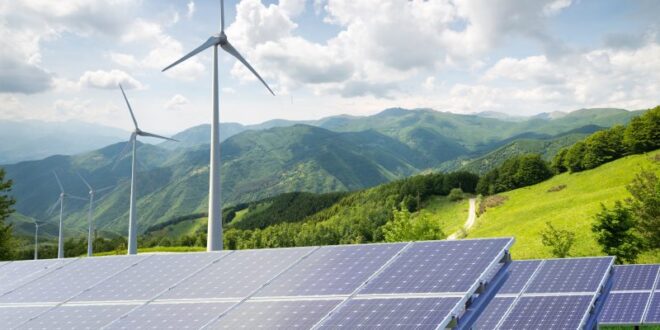New research from the Institute for Energy Economics and Financial Analysis (IEEFA) shows that over 800 coal-fired power plants could be profitably replaced by solar power in emerging economies starting at the end of this decade. This is both a surprising and hopeful finding, as the lack of affordability of such a transition has long been one of the key hurdles standing between the world and a 1.5ºC cap on global warming.
Phasing out coal is one of the most critical and urgent steps for combating climate change. But while transitioning away from coal is broadly recognized as an international priority, just one tenth of currently operational coal plants are slated to be decommissioned by 2030. This is, in large part, due to the fact that developing economies often cannot afford such a transition and have other, more immediately pressing political and economic priorities.
At present, coal represents 35% of the global power supply. And for many countries, it is a critical source of reliable and affordable energy at a time when many emerging economies are trying to expand their grids. Worldwide, around 774 million still live without electricity, and coal is seen by many developing countries as a key resource to fill that gap. “Deprived of coal as a major source of energy, developing countries could find it virtually impossible to improve their quality of life in any significant way,” Politico recently reported.
It is the developing world, however, that also stands to suffer the most from climate change. It’s a cruel irony – the global South is choking on the fumes of the North’s industrialization and economic enrichment, but cannot have the luxury of enriching their own economies in the same way. Instead, these nations will have to leap-frog over the typical next step of expanded fossil fuel consumption and straight into clean energy innovation. And it’s not going to be easy.
While profitably converting 800 coal plants into clean energy production plants is a hugely promising step in the right direction, it’s just a drop in the bucket compared to the kind of large-scale transition the developing world needs to stay within any feasible pathway to achieving global climate goals. “The key problem here is a lack of a pipeline of well defined, contracted, bankable coal-to-clean transactions,” said Paul Jacobson, lead author of the IEEFA report.
Most of the 800 plants identified by the IEEFA are more than 30 years old, and are therefore largely debt-free and aged out of lengthy and binding power-purchase agreements. In combination with rising profit gaps for renewable energies and especially solar energy, this means they could be decommissioned and transitioned all while making economic gains.
These conditions, however, are true of very few coal-fired power plants around the world. Finding alternative ways to finance the decommissioning and green-ification of newer coal plants will be critical to achieving climate goals without compromising energy security, economic gains, and human development. Richer countries have long promised to help poorer countries fund their clean energy transitions, a dynamic known as ‘climate financing.’ But they have never made good on those promises, and emerging economies have been left searching for other options.
The fact that solar energy profitability has made such considerable gains that some coal plants are now worth decommissioning on the grounds of the bottom line alone is hugely encouraging. But that alone is not enough to kick coal into terminal decline. Coordinated policy efforts and a recommitment to climate financing will be key to making sure that the decommissioning of these first 800 plants is not just a fluke, but the beginning of a just transition away from coal.

 Iran Energy News Oil, Gas, Petrochemical and Energy Field Specialized Channel
Iran Energy News Oil, Gas, Petrochemical and Energy Field Specialized Channel



